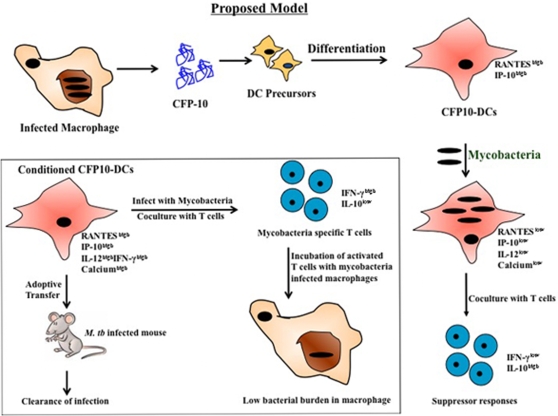Figure 11. Conditioning CFP10-DCs with chemokines or cytokines induces protective responses.
Following infection by M. tb and their sequestration inside alveolar macrophages, antigens such as CFP-10 are secreted. CFP-10 induces the differentiation of DCs. CFP10-DCs secrete high levels of RANTES and IP-10. Following their interactions with mycobacteria CFP10-DCs reverse their phenotype and secrete low levels of RANTES, IP-10 and IL-12p40 and display poor calcium influx. This leads to increased survival of mycobacteria and the induction of suppressor T cell responses. Box, conditioning CFP10-DCs with either RANTES and IP-10 or IL-12 and IFN-γ induced pro-inflammatory T cell responses and T cells activated by these DCs mediate killing of M. tb inside infected macrophages. In addition, adoptive transfer of chemokine and cytokine conditioned CFP10-DCs into mice harboring an active M. tb infection results in clearance of infection that is commensurate with drug treatment.

